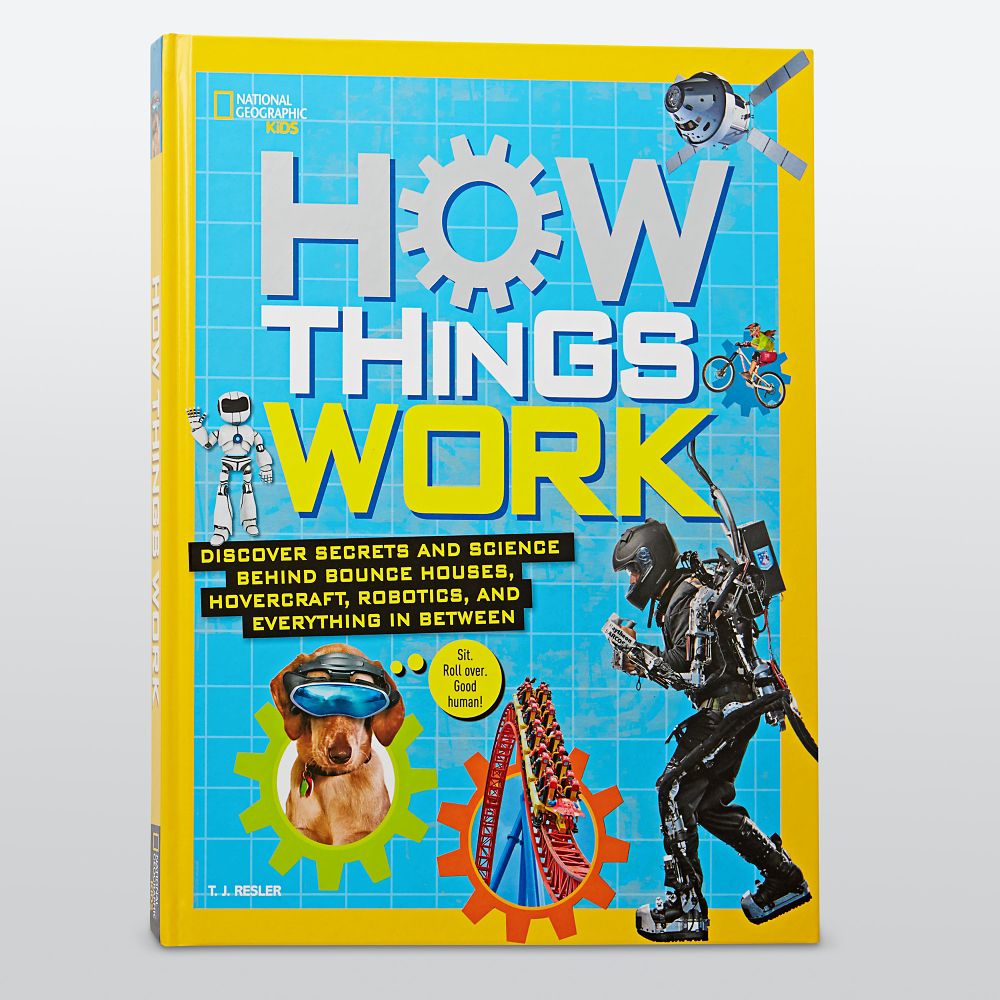
Pass The Pandowdy, Please: Chewing on History with Famous Folks and Their Fabulous Foods
by Abigail Zelz (Author) and Eric Zelz (Illustrator)
Booktalk: Follow up a week of family feasting with a brief history of famous folks and their fabulous foods! Includes a timeline of food around the world, short bios of each famous person in the book, and an 1882 recipe for pandowdy, a baked apple pie dessert.
Snippet:


It’s Nonfiction Monday!
Copyright © 2016 Anastasia Suen All Rights Reserved.







 Pimm, Nancy Roe. The Jerrie Mock Story:The First Woman to Fly Solo around the World
Pimm, Nancy Roe. The Jerrie Mock Story:The First Woman to Fly Solo around the World